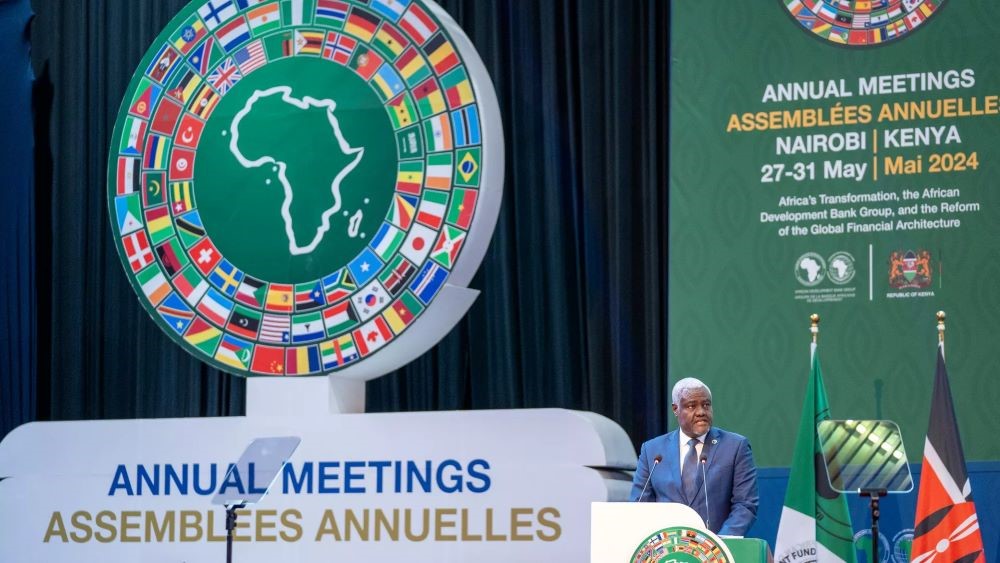(3 Minutes Read)
The 59th Annual Meetings of the African Development Bank (AfDB) was held in Nairobi, Kenya, and over 3000 delegates from 82 countries attended. The five-day event discussed, among other things, the reforms in the Global Financial Architecture and climate-related challenges the region is facing.
An important highlight of the deliberations was the AfDB’s resolve to mobilize USD 213 billion annually from the private sector to bridge the climate financing gap by 2030. The outgoing President Akinwumi Adesina underscored that mobilization of that scale of resources was important to keep the future tempo of growth of the region intact. The continent, he said, has 477 million young people between the ages of 15 and 35, who hold the promise of the region. To realize their potential, the AfDB should inevitably have a program that supports young people to set up businesses on climate adaptation, and climate mitigation, AfDB chief added. The Nigerian will end his second 5-year term in 2025.
Another key issue this year was a capital increase. The AfBD’s highest decision-making organ urged its governors to deepen discussions on growing the Bank’s callable capital, a key condition for maintaining its triple-A rating. The rating is a prerequisite for borrowing on the financial markets.
Read Also:
https://trendsnafrica.com/afdb-mobilises-usd-2-bn-for-clean-cooking-for-over-a-decade/
Kenyan President William Ruto echoed this view while pledging his country would spend US$100 million over the next three years to increase its shareholding in the African Development Bank, Afreximbank, and Trade Development Bank. The Kenyan leader called for a revaluation of the GDP of African States that would factor in each country’s resources and a correct aggregate vector. The African Development Bank Group unveiled its 10-Year Strategy for 2024-2033, which is a 90-page document to confront Africa’s pressing challenges and to help put the continent firmly back on track towards sustained economic growth and prosperity.





